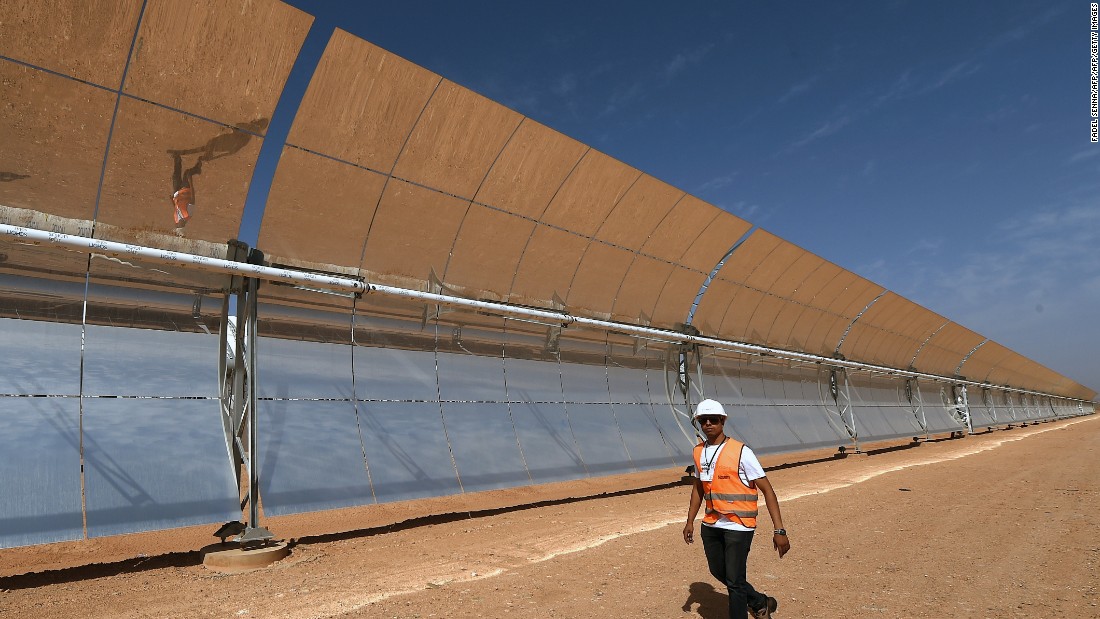Morocco’s giant solar project in the Sahara desert is taking the country on the path of the future superpower in renewable energy. The country’s city of Quarzazate, also called the “door of the desert”, is about to become home to a complex of four linked solar mega-plants that will provide almost 50 percent of Morocco’s renewable energy by 2020. The mega project constitutes an important building block of the country’s ambition to use the untapped potential of the desert and transform itself into a global leader in solar energy.
The potential of the world’s deserts for the production of solar power has been recognized for decades. Gerhart Knies, the German particle physicist, counted that the deserts around the world receive enough energy just in a few hours to meet the world’s power needs for a whole year. However, the challenge has always been how to capture that energy and transport it where it is needed. Now Morocco has the ultimate chance to write the history of solar energy with its Ouarzazate Solar Power Station (OSPS).
The first phase of the solar project – Noor 1 – will go live this month. The power station uses the mirror technology that is both more expensive and less widespread than the traditional photovoltaic panels that are commonly used around the world. Despite the higher cost, the power station will be able to continue generating power after the sun goes down. The Noor 2 and 3 plants, which are due to open in 2017, will be able to store energy for up to eight hours. When the entire complex is finished, the OSPS will be the largest concentrated solar power (CSP) in the world as its four plants will occupy a space as big as Morocco’s capital Rabat. They will together produce 580MW of electricity, which is enough to supply energy to a million homes. Noor 1 has itself a generating capacity of 160MW.
Morocco’s leadership is convinced that the solar energy is the future of the country’s economy. According to its environment minister, Hakima el-Haite, solar energy has the potential to have the same impact on the country’s economy this century that oil production had in the last. The minister, however, noted that this daring project was motivated by more immediate challenges than the long-term vision to transform Morocco to a solar power leader. In reality, Rabat’s wish to launch the OSPS was driven by the fact that Morocco imports 94 percent of its energy, which has a negative impact on its budget. Moreover, most of the imports are unclean fossil fuels. ”… So when we heard about the potential of solar energy, we thought; why not?” Ms el-Haite said.
Currently the biggest challenge for the project is to finish it on time and with good performance. However, the end of the first phase of the project constitutes only the beginning of the country’s long-term international ambitions. Generating solar energy is not enough, it is important to transfer that energy, which assumes the building of high-tension transportation lines to cover Morocco and Mauritania. Some believe that the solar project might stabilize both countries, whose mutual relations have not been at their best for long due to the Western Sahara conflict. Moreover, Morocco is in talks with Tunisia over energy exports northwards across the Mediterranean.
The international community is watching with interest to see whether this mega solar project, in which the European Investment Bank and the World Bank have invested about $9 billion, will come to fruition in all intended directions. If its long-term far-fetched goals become a reality, Europe might reportedly be outsourcing – at least according to the German calculations – about 15 percent of its energy from North Africa by 2050.




